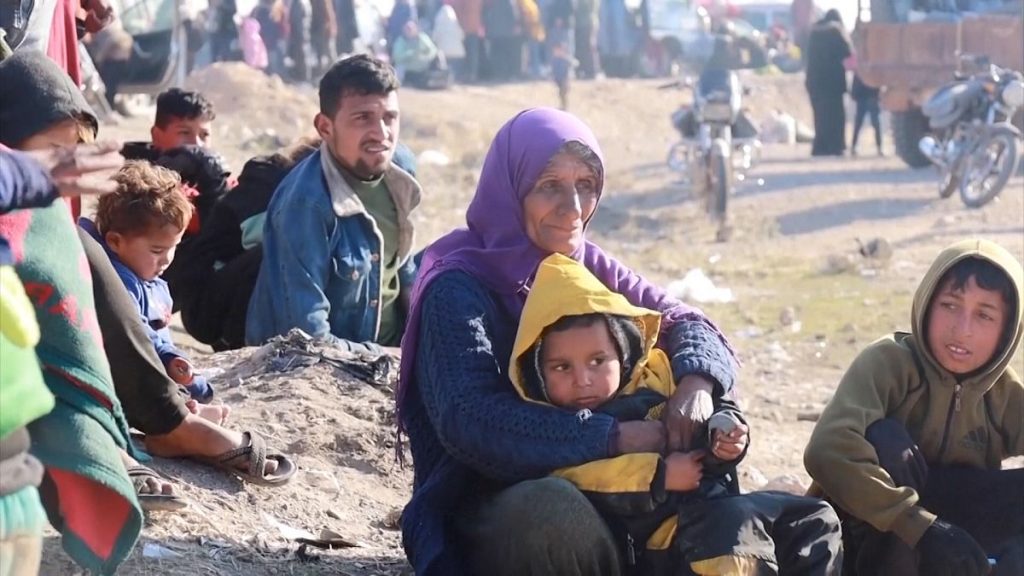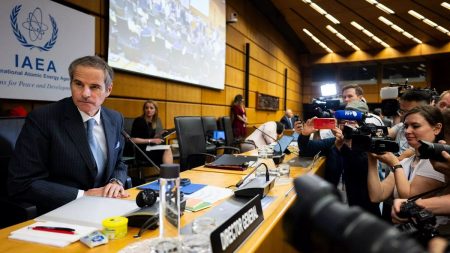On April 12, 2024, significant changes in the control of Tel Rifaat in northern Aleppo unfolded, leading to a large-scale exodus of Syrian Kurds from the area. Turkish-backed rebel groups successfully captured the town from the US-supported Kurdish authorities, specifically the Syrian Democratic Forces (SDF). This shift in power dynamics highlights the ongoing complexities of the Syrian conflict, characterized by territorial disputes among various factions, including Turkish-backed rebels and Kurdish forces.
The capture of Tel Rifaat marks a crucial point in the ongoing struggle for control in northern Syria, a region that has seen relentless warfare and shifting allegiances since the onset of the Syrian civil war. The SDF, predominantly composed of Kurdish fighters, has been a key player in the battle against the Islamic State (ISIS) and has received significant backing from the United States. However, this support has created tensions with Turkey, which views the SDF as an extension of the PKK (Kurdistan Workers’ Party), a group it has long designated as a terrorist organization.
As Turkish-backed forces advanced into Tel Rifaat, a previously stable enclave for Kurdish civilians, fear and uncertainty gripped the local population. Reports emerged of sporadic violence and clashes that prompted many residents to flee, seeking safety in nearby areas not under Turkish control. The Kurdish population of Tel Rifaat faced a dire humanitarian crisis, with thousands attempting to escape the conflict, adding to the already dire conditions faced by displaced people across northern Syria.
The fall of Tel Rifaat to Turkish-backed rebels could have broader implications for the region. It may embolden Turkey’s military campaigns against Kurdish positions in northern Syria, as it continues to assert its influence and secure its border against perceived threats. The shift in control not only threatens the stability of Kurdish regions but also raises concerns about the potential for increased military activity and further displacement of civilians in the area.
This recent escalation underscores the fragile state of the ceasefires and agreements aimed at stabilizing northern Syria. The ongoing rivalry between Turkish-backed forces and the US-supported SDF illustrates the international dimensions of the Syrian conflict. External powers’ involvement complicates local dynamics, often exacerbating tensions and leading to further conflict. The United States’ response to the latest developments in Tel Rifaat will be critical in determining the balance of power in the region and the future of its Kurdish allies.
In conclusion, the Turkish-backed seizure of Tel Rifaat from the Kurdish-led authorities represents a significant upheaval in the northern Aleppo region, prompting a mass exodus of Kurdish civilians and raising concerns over humanitarian conditions. The event exemplifies the ongoing instability and complexity of the Syrian conflict, characterized by intricate relationships among various factions and external powers. Continued monitoring and international engagement will be essential to address the humanitarian crisis and work towards a sustainable resolution in the region.














